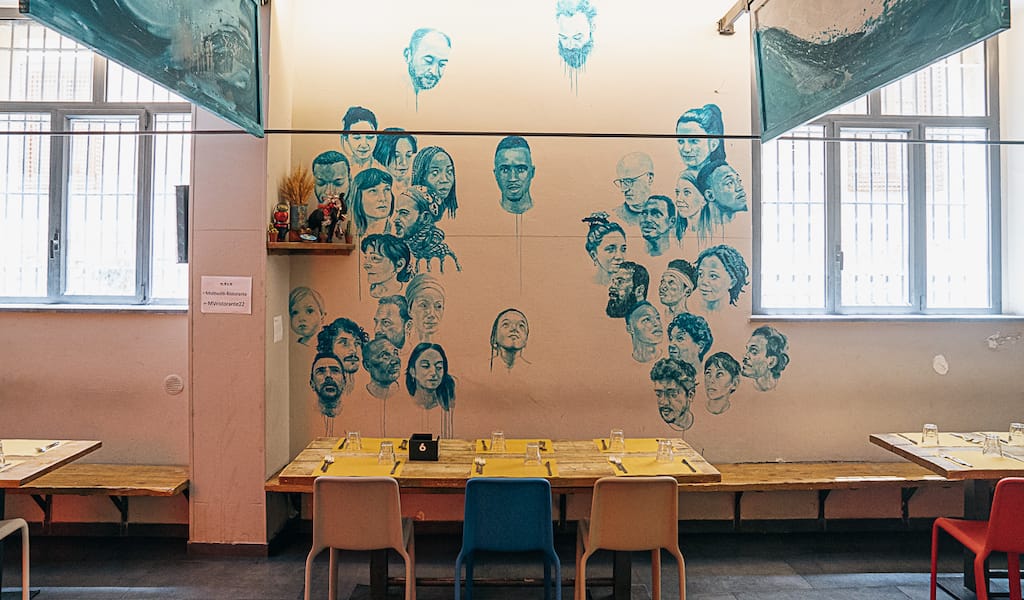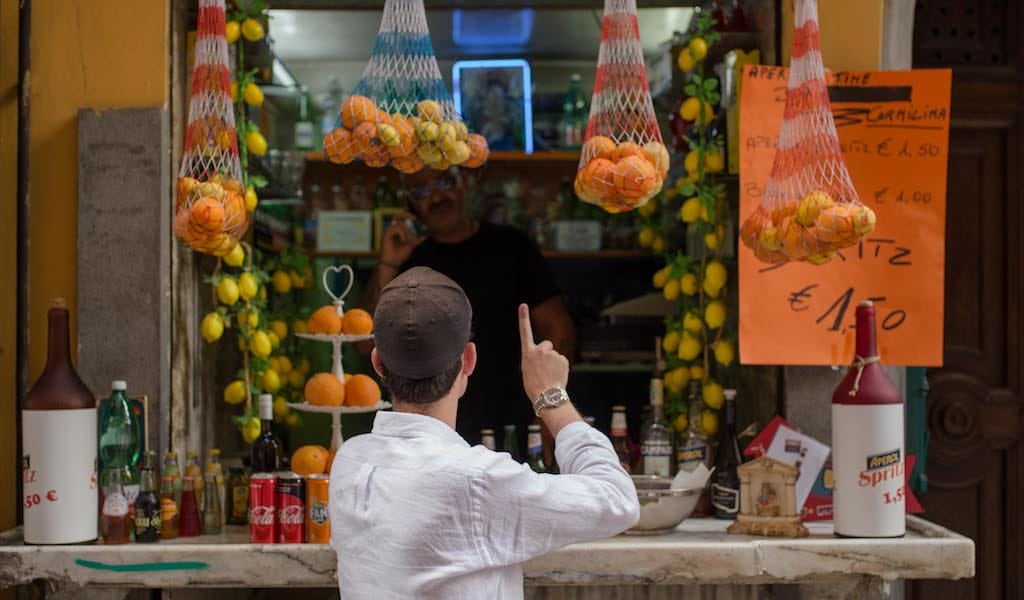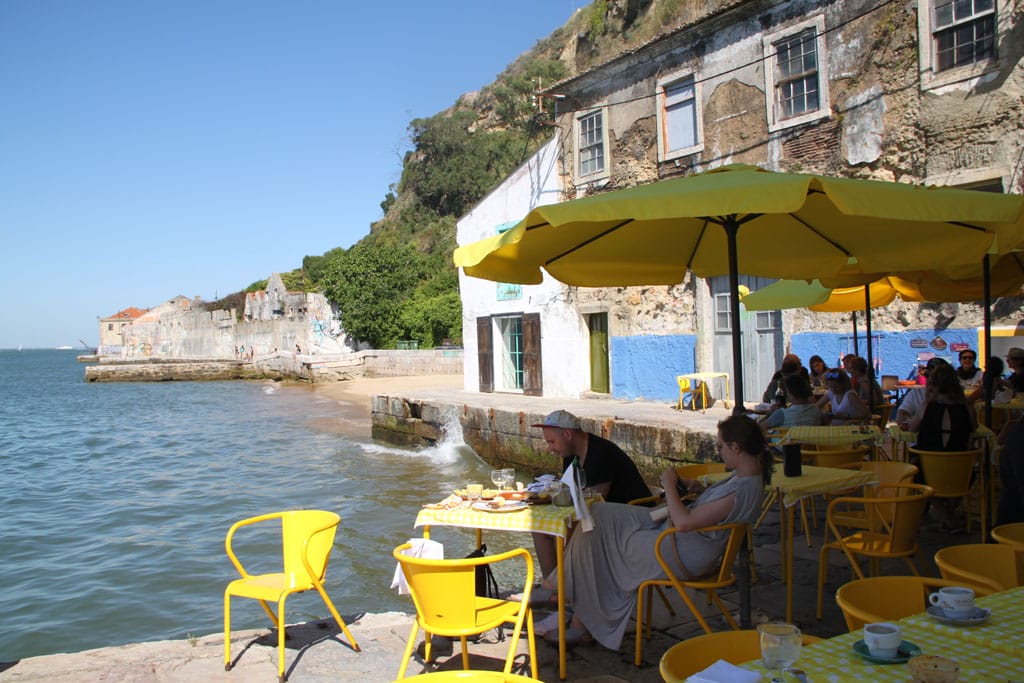At Moltivolti, a restaurant and coworking space located in the Ballarò district of Palermo, a large wooden panel on which a map of the earth is drawn hangs on the wall. Lines of red thread spread out from each continent, connected to other countries, other cities, other coasts. The threads, hundreds of them, form a tangle, representing human migrations from one part of the planet to another, and the dreams of people who have crossed seas and borders. Above this map read the words: “My land is where my feet stand.”
This is the Moltivolti motto. The idea was born in 2014 on a beach in Senegal when a group of friends thought of opening a place in Palermo that was both a restaurant and a coworking space – a place that could welcome anyone from anywhere in the world. Back in the city, through the efforts of a team of 14 people from eight different countries (Senegal, Zambia, Afghanistan, Bangladesh, France, Spain, Gambia and Italy), Moltivolti was born, a gastronomic and cultural Babel that has made social integration its business model. It is located in Ballarò, the multicultural neighborhood known for one of the city’s famous historic markets, a place where 15 different communities – from sub-Saharan Africa (Ethiopia, Eritrea, Nigeria, Senegal) to Bangladesh, Sri Lanka, and Pakistan – coexist and 25 different languages are spoken.
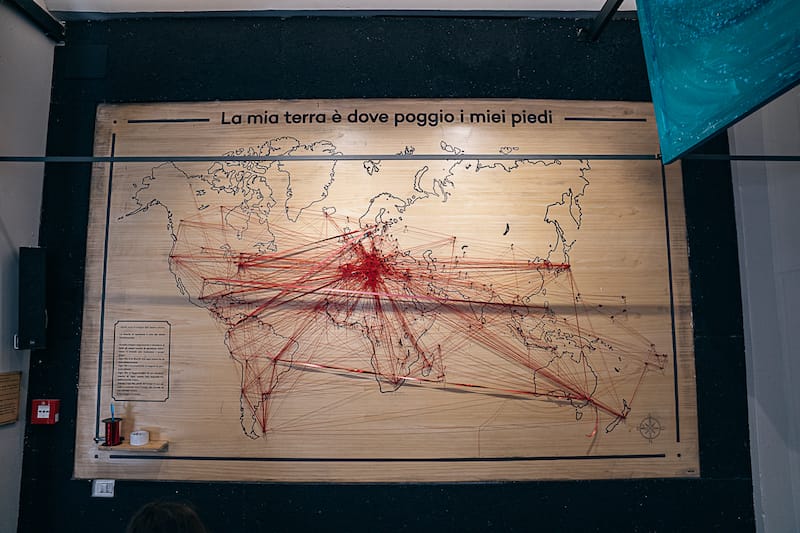
Volunteer organizations, social workers and students can be found inside the coworking space, while Moltivolti’s restaurant offers a menu that mixes typical Sicilian dishes, African cuisine and a sprinkle of cooking from other spots around the world. Here, chef Antonio Campo heads a diverse team to which everyone has brought a piece of their own culture and history, transforming food into a tool for dialogue between different people and cultures.
Campo, who came to Moltivolti three years ago, has one priority for this project: to respect the roots of the dishes served.
“When I arrived [at the restaurant] I found the cuisine very challenging. For example, the Senegalese mafè, one of our signature dishes, is originally a dish of the poor: it is a vegetable stew served with rice and lemon and a few pieces of meat – only one or two for the family chief. Instead, the boys in the kitchen prepared it with lots of meat, olive oil and cream. For them adding ingredients is a matter of status, it is a symbol of wealth. We Italians also did it [when] emigrating to America. We did a lot of work together to bring the dishes back to as authentic a concept as possible.”
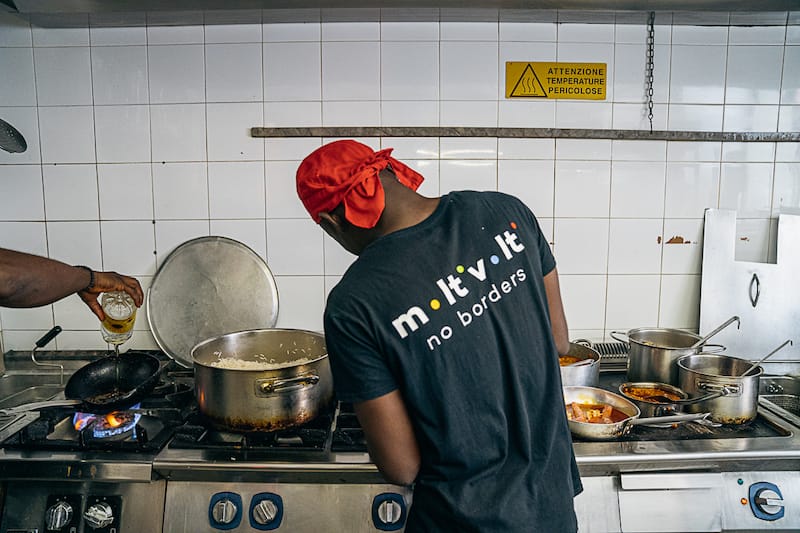
To rediscover the origin of the dishes and apply a “less is more” method, Chef Campo had two possible options: “Either go in hard, imposing myself and my vision as a chef or do a longer job, but one that I believe in,” he explains. “I come from a Michelin background; I worked three years in a starred restaurant, but I wanted to break the paradigm of the authoritarian chef. The nepotistic, macho approaches to kitchens do not belong to me; I wanted to show that there is another way of doing cuisine. So I went in with a softer approach trying to understand [the team’s] needs. Instead of imposing myself as a chef we did cultural mediation work – it took time and trust. For me, Moltivolti is cooking and cultural mediation. The kids called home to Senegal and had their moms explain to them the original recipes of the dishes they were cooking. I involved them as much as possible in the creative process.”
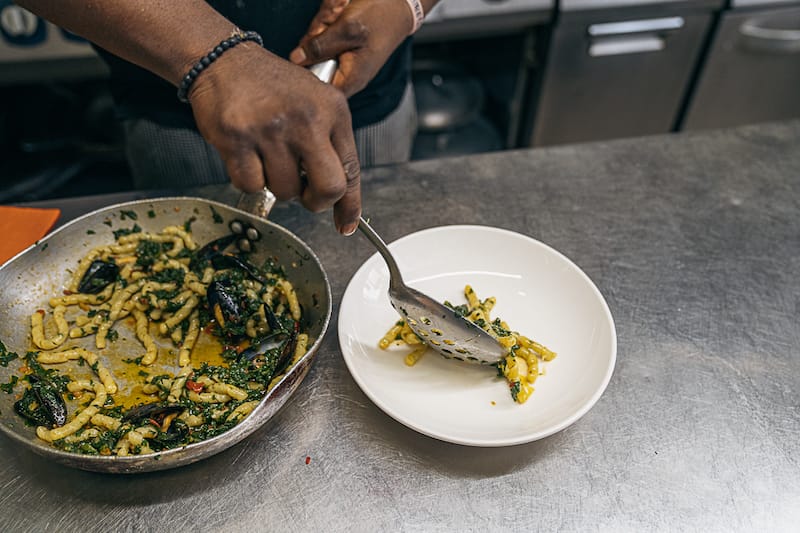
A long and arduous process that has paid off: today, Moltivolti’s menu is lighter and more varied than its original iteration, focusing on traditional recipes from around the world. In addition to the mafè, one of the signature dishes is couscous alla Trapanese with fried eggplant: in the name of authenticity, the couscous is first made by hand and then steamed, giving the dish a unique flavor.
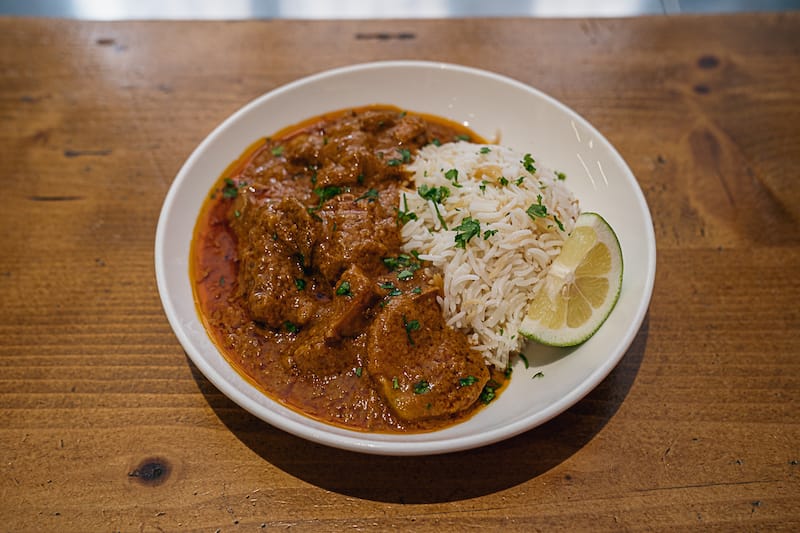
The Tunisian brik is another favorite, prepared with a pastry similar to phyllo dough, stuffed with potatoes, parsley and tuna and accompanied by yogurt sauce and harissa. There’s also the vegetarian moussaka, made with cheese béchamel and zucchini with lemon confit. From the Sicilian culinary tradition, you will find sardine meatballs served on a bed of sweet and sour onions or busiate (a type of pasta) Trapanese style, with a pesto of tomato, basil and almonds.
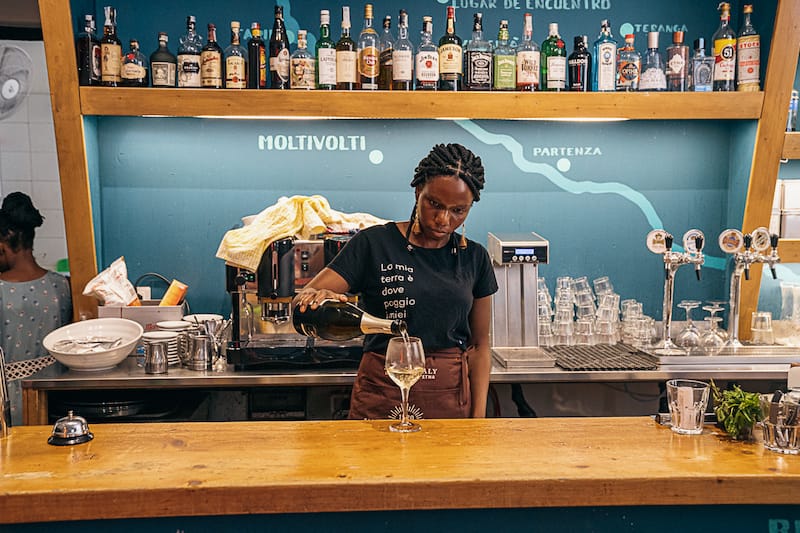
Sustainability is also a pillar at Moltivolti; for Campo, that doesn’t just mean local and “zero-kilometer” ingredients, but also human sustainability and a focus on the staff’s mental and physical serenity. Moltivolti’s young team aren’t subjected to the 18-hour shifts typical of high-end venues or the split shifts common in the restaurant industry, instead keeping to a less stressful pace of work.
Moltivolti is a social enterprise; at the end of the year, profits are reinvested in social projects that enrich the area, particularly the Ballarò neighborhood where they are located, thanks to partnerships with local volunteer organizations. “For me, Moltivolti is a model, an example on both a social and human level,” says Malick Ceesay, the manager of Moltivolti’s ice cream bar, BarConi. Originally from Gambia, he arrived in Sicily six years ago, landing in Palermo after crossing Senegal, Mali, Burkina Faso, Niger, Libya, and the Mediterranean Sea. “The journey was very long and hard,” he says, “It took me five months but I was lucky: some people take longer.”
Entrusted to a community for minors, a year after his arrival he met the Moltivolti activists, with whom he first began collaborating on a sustainable tourism project and eventually found himself managing BarConi. “What we are trying to fight is prejudice. We’re trying to value diversity.” When we ask him about the issue of prejudice in Palermo, he says: “We’re working on it but it’s always there.” He adds: “Not like before; now, [Moltivolti] also does projects in schools and that helps to open other people’s minds, but also to see the reality: instead of listening to the news, they listen to people who are the real witnesses of what’s going on.”
As far as his future in Italy, Malick says he would like to stay but that it is not up to him, alluding to his status as an immigrant waiting for papers. But certainly after his long journey he has found something in Palermo. “I realized how many connections I have with this city on a cultural level,” he says. “Because of the people I meet, the places I go and the food I eat, Palermo makes me feel at home.”
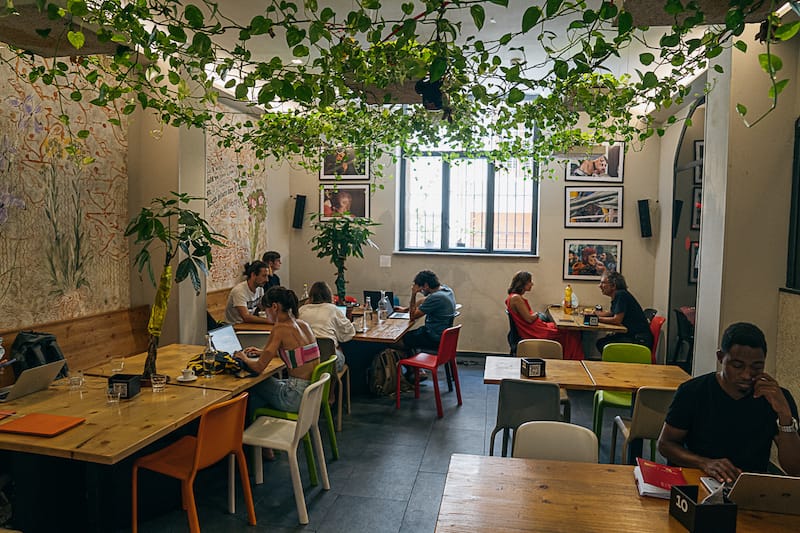
BarConi owes its name to a play on words: Bar/Coni, a bar that sells ice cream cones; but which also refers to the “barconi,” the precarious boats on which many migrants travel to the Sicilian coast. In addition to the ice cream shop, the Altrove bar/café and the Sopra guesthouse share the space with Moltivolti.
“Moltivolti is not just a restaurant,” Antonio concludes, “It is a place, a meeting point.” A place with the goal of fewer borders and barriers – both culinary and geographical.
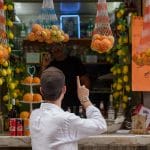 June 29, 2018 The Water Banks of Naples
June 29, 2018 The Water Banks of Naples
Naples has a lot of iconic eateries and shops, but one of the lesser-known city icons is […] Posted in Naples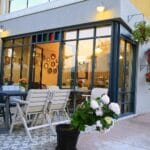 November 27, 2015 Heyamola Ada Lokantası:
November 27, 2015 Heyamola Ada Lokantası:
Editor’s note: This post was written by “Meliz,” an intrepid explorer of Istanbul’s […] Posted in Istanbul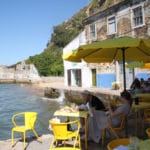 August 2, 2016 On the Waterfront
August 2, 2016 On the Waterfront
Cacilhas is the waterfront area of Almada, a small city reachable via a €1.20 ferry ride […] Posted in Lisbon
Francesco CiprianoFrancesco Cipriano
Published on November 29, 2023
Related stories
Gulp down a gazosa on our Naples walk!
June 29, 2018
NaplesNaples has a lot of iconic eateries and shops, but one of the lesser-known city icons is the kiosk of the fresh-water-seller. Scattered throughout the city, the banks of the acquafrescai – some of which are very famous – sell various mineral waters and refreshments. These kiosks were born to provide relief in the summer…
November 27, 2015
IstanbulEditor’s note: This post was written by “Meliz,” an intrepid explorer of Istanbul’s culinary backstreets and frequent Istanbul Eats guest contributor who would like to keep her anonymity. While the Princes’ Islands make for a great escape from the city, it used to be hard to think of them as a culinary destination. That is,…
August 2, 2016
LisbonCacilhas is the waterfront area of Almada, a small city reachable via a €1.20 ferry ride from Lisbon’s Cais do Sodré terminus. The district is heavily marked by its shipbuilding past and has an industrious character that, for now, is still preserved in its food culture. Right in front of its boat station is a…







































